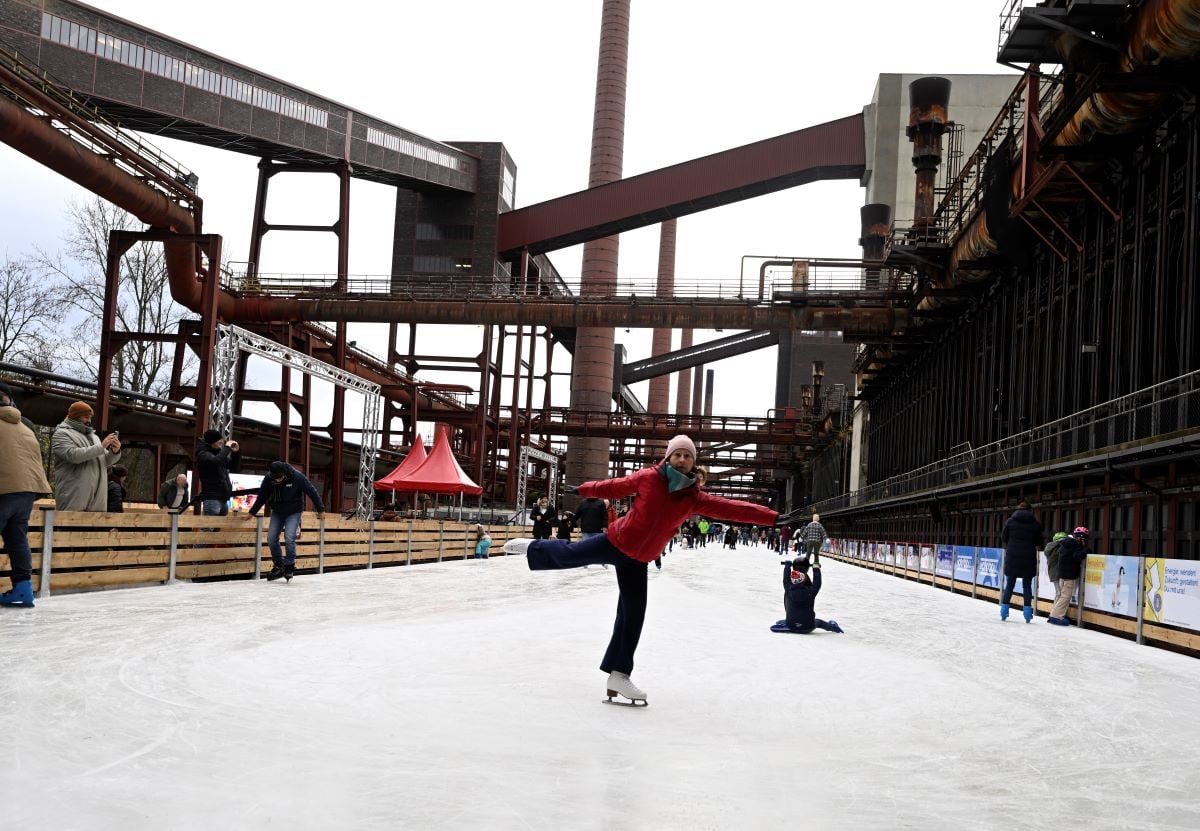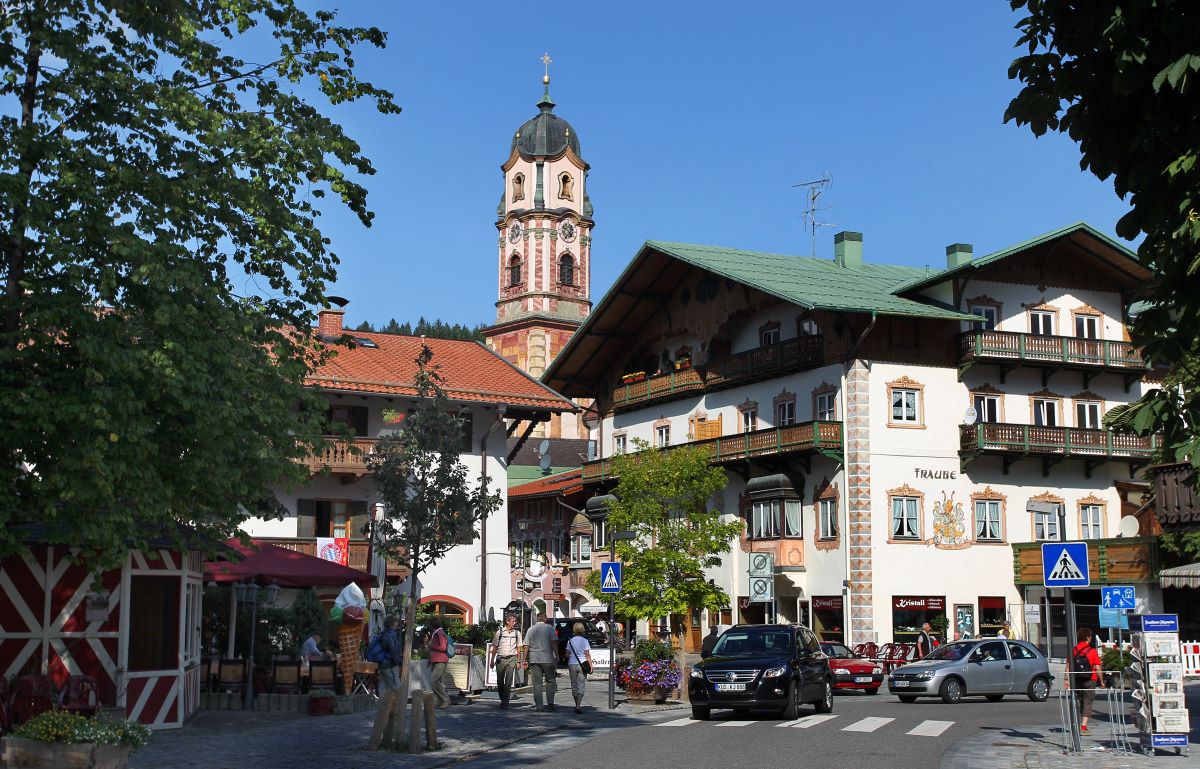Germany’s diversity means there’s a perfect retirement destination for everyone – whether you’re seeking the cultural buzz of a mid-sized city or the serenity of a small town.
Germany is increasingly recognised as a top destination for retirees, offering a blend of high living standards, excellent healthcare and a rich cultural life.
Whether you’re drawn to the cultural (and culinary) opportunities of a mid-sized city or the tranquillity and charm of a smaller, postcard-perfect town, Germany has a retirement spot to suit every taste.
Why retire in Germany?
For foreign residents, Germany’s high-level of development, extensive public transport and welcoming communities make it a practical and enjoyable place to spend one’s later years.
The country’s political stability, safety, and world-class healthcare system are also major draws, while its diverse regions offer everything from vibrant city life to serene countryside escapes.
READ ALSO: EXPLAINED – How can pensioners from abroad retire in Germany?
While the cost of living can be high in some major cities, many towns and regions provide a more affordable, relaxed lifestyle without sacrificing access to quality amenities.
Our list shines a spotlight on ten of the best places to retire.
Figures for the number of doctors, percentage of residents over 60 and amount of green spaces are taken from a 2024 study by online pharmacy retailer Deutsche Medz.
Münster
Topping the Deutsche Medz study, Münster in North Rhine-Westphalia is a mid-sized city that combines excellent healthcare (with 333 doctors per 100,000 inhabitants) and a strong sense of community – nearly a quarter of its population is over 60.
Münster is remarkably green, with 45 percent of its area dedicated to parks and natural spaces, and the average monthly cost of living is reasonable.
Despite its population of just over 300,000, Münster offers a rich cultural scene, including the 13th-century St. Paulus Cathedral, the Gothic city hall, and the Pablo Picasso Art Museum.
Its location also makes it a good base for trips to the Netherlands, Belgium, and France.
Dresden
Dresden, the capital of Saxony, is renowned for its stunning architecture and vibrant cultural life. With 27.6 percent of residents over 60, and 236 doctors per 100,000 people, the city offers reliable healthcare and a welcoming atmosphere for older adults.
About 40 percent of Dresden is green space, and the cost of living is relatively low. The city’s riverside setting, historic landmarks, and thriving arts scene make it especially attractive for those who appreciate culture and history.
READ ALSO: Five surprising things about Dresden, a gem on the Elbe River
Advertisement
Essen
Essen, the fourth largest city in North Rhine-Westphalia, is praised for its quality of life and robust healthcare system. Nearly 29 percent of the population is over 60, ensuring a sizeable peer group and plenty of social opportunities.
Essen’s highlights include the Essen Minster, the famous Golden Madonna, and the UNESCO-listed Zeche Zollverein, a preserved mining complex and symbol of the city’s industrial heritage.
The Museum Folkwang and Aalto Opera House keep cultural life vibrant, while the city’s clean layout and parks offer a pleasant environment for both activity and relaxation.

An ice skater skates on the Zollverein ice rink in a former coking plant. Each winter the former coal processing plant in Essen is temporarily turned into a massive outdoor ice rink. Photo: picture alliance/dpa | Roberto Pfeil
Aachen
Aachen, Germany’s westernmost city, sits at a crossroads with Belgium and the Netherlands. With 27.5 percent of its population over 60 and a highly rated health system, Aachen is both welcoming and practical for retirees.
The city is famous for its UNESCO-listed cathedral, the legacy of Charlemagne, and its long history as a spa and health resort.
Thermal springs, accessible wellness facilities and green spaces enhance the quality of life, while the compact city centre and reliable public transport make getting around easy.
READ ALSO: OPINION – German cities are designed for walking and it benefits everyone
Nuremberg
Nuremberg (Nürnberg) in Bavaria is a city rich in history and culture, with a well-developed infrastructure and a strong sense of community.
Despite wartime destruction, the city retains numerous historic buildings, including Nuremberg Castle and the medieval old town.
Parks like Marienbergpark and Volkspark Dutzendteich offer peaceful retreats, while the city’s comprehensive healthcare services and active expat groups support a high quality of life.
Nuremberg’s central location also makes it a convenient base for exploring Germany.
READ ALSO: Five reasons foreigners should move to Nuremberg
Advertisement
Leipzig
Leipzig, Saxony’s largest city, is popular among retirees for its affordability, cultural vibrancy, and welcoming atmosphere.
The cost of living is notably lower than in many other major German cities, with affordable housing and groceries.
Leipzig’s quality of life is enhanced by its green spaces, waterways, and the nearby “New Lake District.”
The city’s parks and walkable neighbourhoods foster an active lifestyle, while its efficient transport network makes exploration easy.
Leipzig’s musical heritage, including connections to Bach and Mendelssohn, and its thriving arts scene make it a haven for culture lovers.
Freiburg
Freiburg, located in the southwest near the Black Forest, is known for its natural beauty, excellent healthcare and active expat communities.
The city offers a laid-back lifestyle, abundant green spaces, and a strong focus on sustainability. Freiburg’s historical and architectural heritage, including the Freiburg Minster and charming old town, adds to its appeal.
Its mild climate and proximity to France and Switzerland make it ideal for retirees who enjoy travel and outdoor activities like hiking and biking.

Mittenwald in Bavaria. Photo: picture alliance / dpa / Karl-Josef Hildenbrand
Mittenwald
The small town of Mittenwald, nestled in the Bavarian Alps, is famed for its stunning mountain views and musical heritage.
Known for traditional violin-making and its picturesque old town, Mittenwald is one of Germany’s highest-altitude air health resorts (Luftkurort), offering beneficial climate conditions for health and wellness.
While the cost of living is high, the cultural richness and natural beauty are both breath-taking.
READ ALSO: 10 regional dishes you have to try while visiting Bavaria
Dinkelsbühl
Dinkelsbühl is a beautifully preserved medieval town with a population of around 13,000, offering a peaceful environment and a strong sense of community.
Property prices are high but the town’s classic architecture and modern amenities make it a desirable choice.
The town’s location within the Nürnberg Metropolitan Region also provides convenient transport links to larger cities.
Advertisement
Burg auf Fehmarn
Burg auf Fehmarn, located on the island of Fehmarn in Schleswig-Holstein, is known for its peaceful atmosphere, scenic beauty, and accessible healthcare.
With a population of about 6,000, Burg offers a slow lifestyle, perfect for retirees who appreciate nature and a relaxed pace of life.
Disclaimer : This story is auto aggregated by a computer programme and has not been created or edited by DOWNTHENEWS. Publisher: thelocal.de





